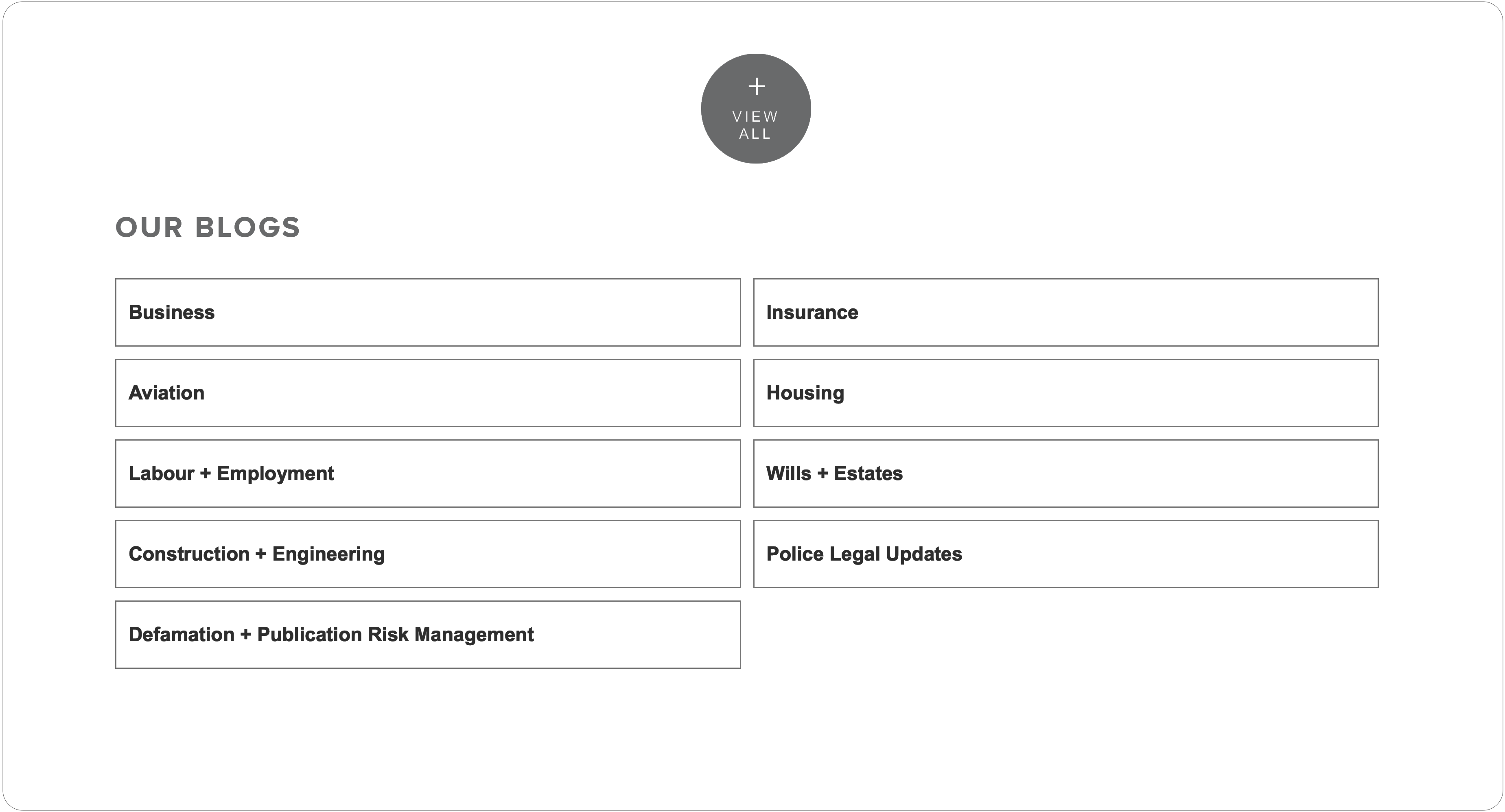Many fonts and the way they are displayed can be difficult for users to read. Creating a website that is accessible allows all visitors to navigate sites easily and...
April 22, 2024
Best Law Firm Websites: Engage Your Future Clients with a Friction-Free Experience
Part 2 — A Guide to Peak Performance
When your website makes a stellar first impression, visitors will want to stay and engage. But passing this first test is just the beginning.
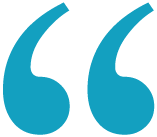
To truly outshine the competition, your website needs to make it easy for future clients to find what they are looking for, on mobile and desktop. A smoothly-functioning site will quickly guide them to relevant and compelling content—ultimately helping them make the decision to contact and hire your firm.
Rob Foley, CEO, fSquared Marketing

The imperative for a beautiful website that reflects your brand must be balanced against providing a friction-free experience. To get there, it’s essential to incorporate the user-friendly features all first-class websites have in common:
• Provide Intuitive Navigation and User Experience (UX)
• Ensure Delay-Free Speed
• Integrate Accessibility for People of All Abilities
Provide Intuitive Navigation and User Experience (UX)
The purpose of user experience (UX) design is to help visitors accomplish their goals. It’s important to understand your visitors and—what they are trying to achieve—from the very beginning.
According to Information-foraging theory, website visitors try to “get as much relevant information in as little time as possible.” If your website is difficult to navigate, you will see visitors bouncing (leaving after only viewing one page) or cutting their visits short in favour of your competitors’ easier-to-navigate websites.
Clients or future clients might be visiting your website to:
- Learn how a legal development impacts their business
- Find the right lawyer for their issue
- Contact a lawyer they already know
- Vet a lawyer who has been recommended to them
- Find out what experience this lawyer or firm has in their industry
- Attend a presentation or webinar
Stellar UX design can help people with goals like hiring a lawyer to quickly find the information they need. It can also help people discover content related to their original goal. For example, if a visitor wants to connect with a lawyer they met at a cybersecurity event, they may also be interested in an upcoming webinar on data breaches. But without UX expertise powering your website, they might never know that content exists.
For example, on ahbl.ca, visitors can view the most recent blogs and events or navigate to the industry of interest.
Takeaway: Having designed many award-winning law firm websites, we understand the features and functionality that power exceptional UX. We also know that every law firm is different, and the best UX design leads to great results when it is custom fitted to your firm and your ideal clients.
Ensure Delay-Free Speed
Do you hate slow websites? You’re not alone! No matter how great your UX design may be, or how compelling your content is, it won’t matter if your site takes too long to load.
Plenty of studies demonstrate the negative impact of website sluggishness on the visitor experience:
- Successful conversion rates drop by an average of 4.42% with each additional second of load time between 0-5 seconds (Portent).
- 40 percent of people leave a web page if it takes longer than 3 seconds to load (Kissmetrics).
- As page load time increases from one second to 10 seconds, the probability of a mobile site visitor bouncing—exiting the website—increases by 123% (Google).
- The BBC loses an additional 10% of users for every extra second it takes for its site to load.
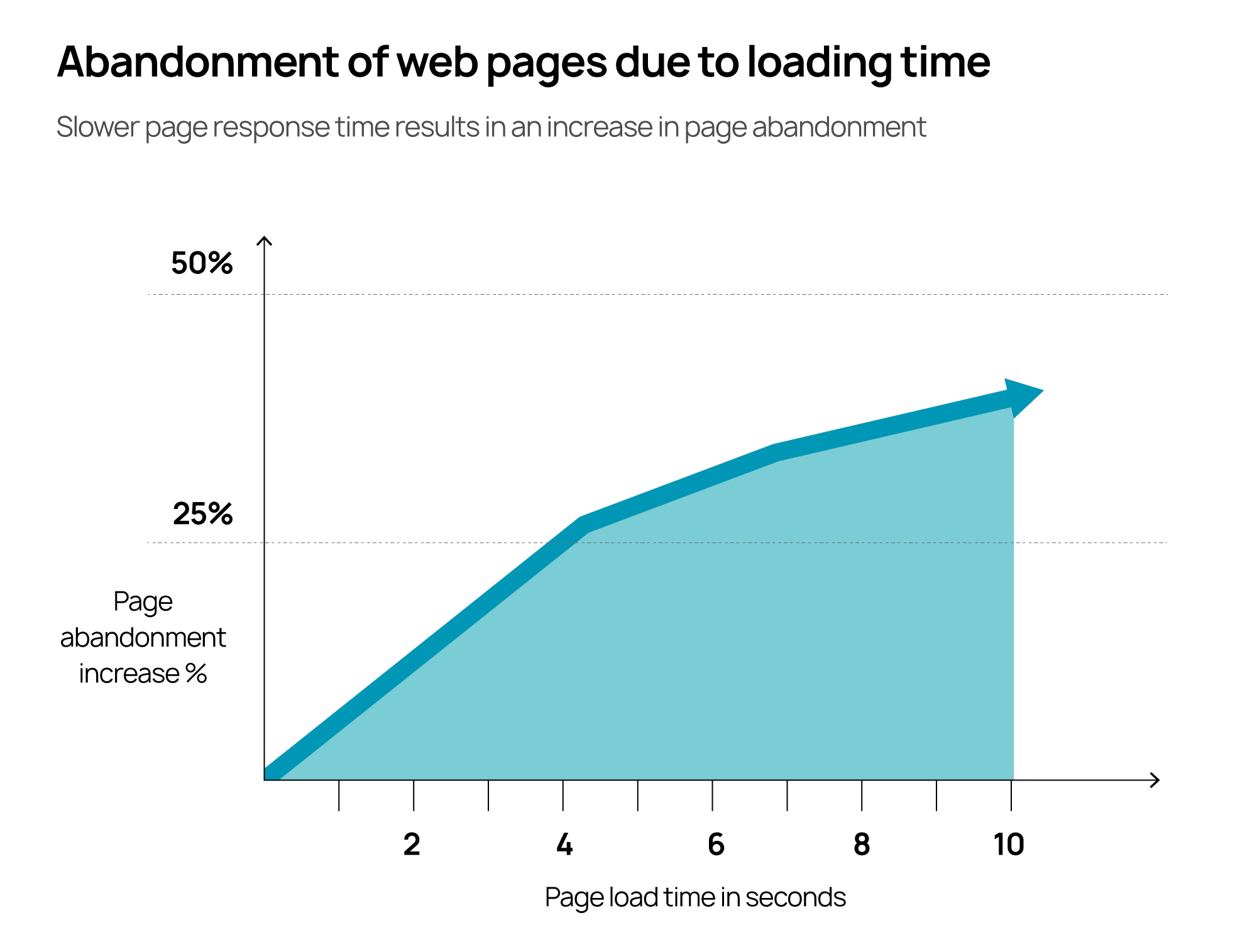
An analysis of 5.2 million desktop and mobile websites shows “the average loading speed for a web page is 10.3 seconds on desktop and 27.3 seconds on mobile. On average, pages take 88% longer to load on mobile devices than on desktop.” But according to Google, “53% of visits are abandoned if a mobile site takes longer than three seconds to load.”
(In 2023, The average page load time on desktop is 2.5 seconds and 8.6 seconds on mobile, according to a survey of the top 100 websites globally.)
This means there is a huge gap between user expectations and website load times. Because of this, faster websites easily stand out from their sluggish competition. We also know that fast websites get a search engine optimization (SEO) boost when it comes to Google searches, since site speed is a ranking factor in the search algorithm.
How fast does your law firm website need to be?
If it’s faster than 10 seconds, you’re doing better than average, but there are advantages to staying ahead of the curve. Why test your visitors’ patience if you don’t need to?
One website our team designed and launched in 2022, skv.com has a blistering fast load speed of 0.6 seconds.
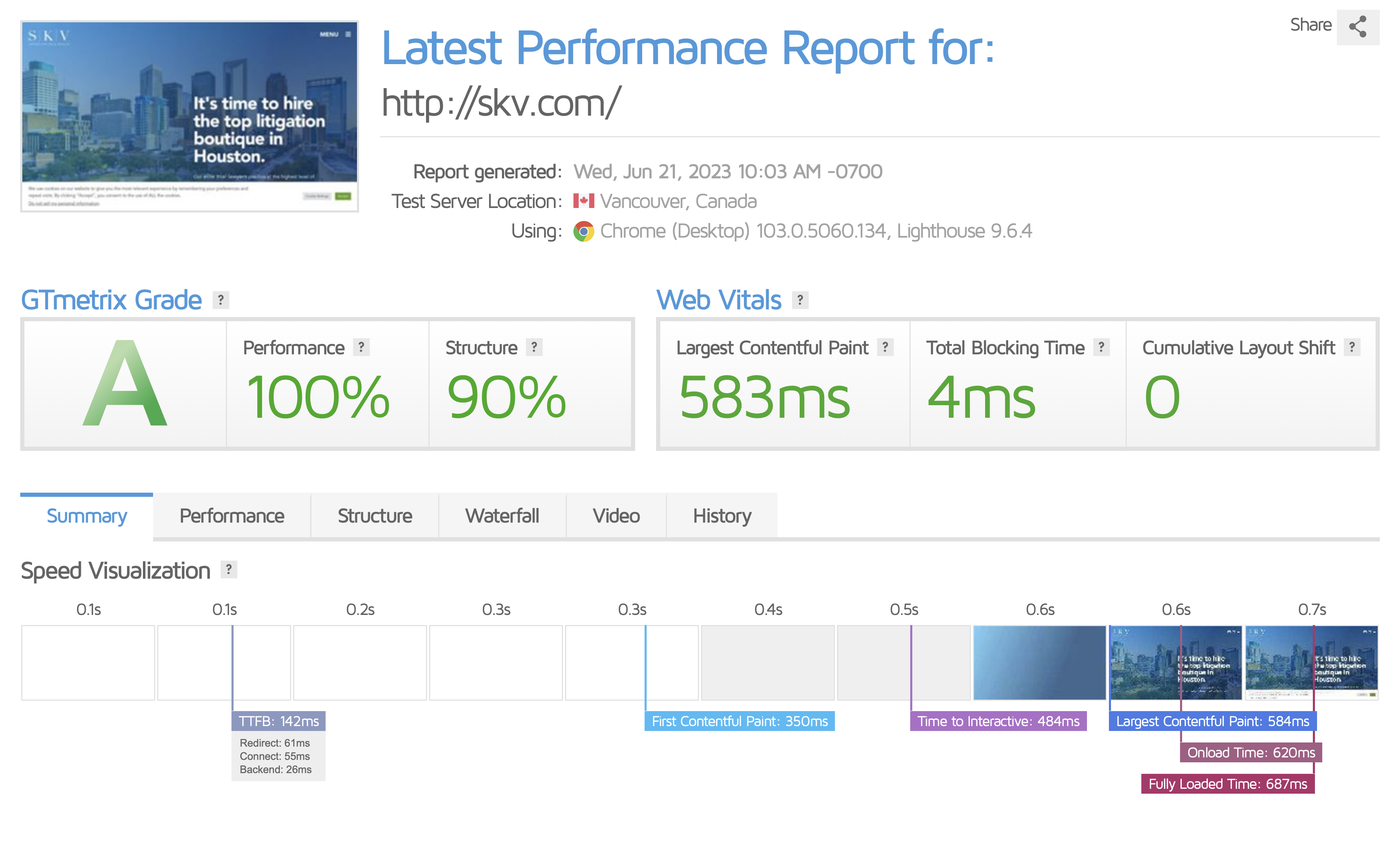
Here are some tools for determining your site speed, to see if it’s time for an upgrade:
Takeaway: The best law firm websites are much faster than average, keeping visitors engaged and improving SEO ranking. Improving website speed requires the type of technical intervention our team can provide. It can be difficult to improve the speed of older websites beyond a certain threshold, although improvements are possible. For new website projects, site speed should be a top priority.
Integrate Accessibility for People of All Abilities
Website accessibility is about ensuring equal access for everyone, including people with visual or hearing disabilities. Generally, law firms should look to meet the standards outlined in the Web Content Accessibility Guidelines (WCAG 2.1).

Web accessibility means that people with disabilities can perceive, understand, navigate, and interact with the Web, and that they can contribute to the Web. Web accessibility also benefits others, including older people with changing abilities due to aging.
W3C (World Wide Web Consortium)

There are several very good reasons to make website accessibility a priority:
- Bring your website in line with your brand and firm values: Is your law firm committed to the community, client service, equality, or improving access to legal services? By making your website accessible, you can ensure your firm’s digital presence reflects those values.
- Improve the user experience for everyone: Accessible design doesn’t only benefit visitors with visual disabilities. It also benefits older audiences, and users with temporary restrictions such as misplaced glasses, an arm in a cast, or slower internet. Intuitive navigation and user-friendly features improve the experience for all visitors.
- SEO benefits: Google loves accessible websites! When you make your website easier to use for people, you also make it easier for search engines to understand and include in rankings.
- Protection from legal risks: Accessibility lawsuits have been on the rise in the past few years in the States. The Biden administration has already made it clear that they intend to be more active in the Department of Justice’s enforcement of Title III of the Americans with Disabilities Act, particularly when it comes to digital accessibility. In Canada, law firms operating in Ontario need to comply with the Accessibility for Ontarians with Disabilities Act (AODA).
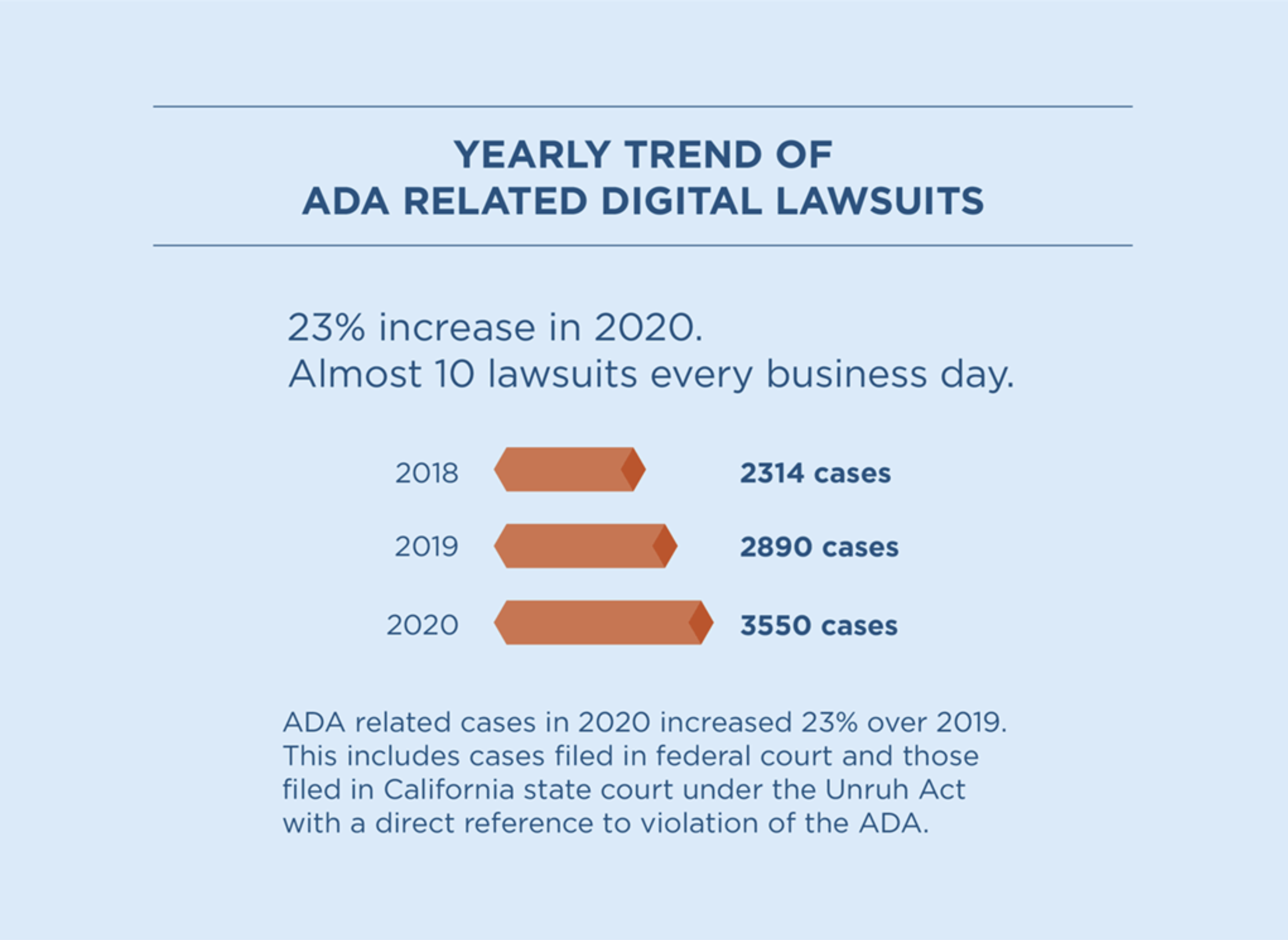
Learn More from Our First-Class Website Experts
Passing the test of making a stellar first impression is just the beginning. Over the next few weeks, find out how we can help you invest in your law firm’s growth, and lighten the load of building a top-tier website:
1. Attract Clients Through A Flawless Brand Experience
3. Outrank Your Competitors with Compelling Content and SEO
4. Streamline Your Team’s Website Management Experience
Are you ready to take your website to elite status? Get in touch with our team today.
Sign Up To Our Newsletter